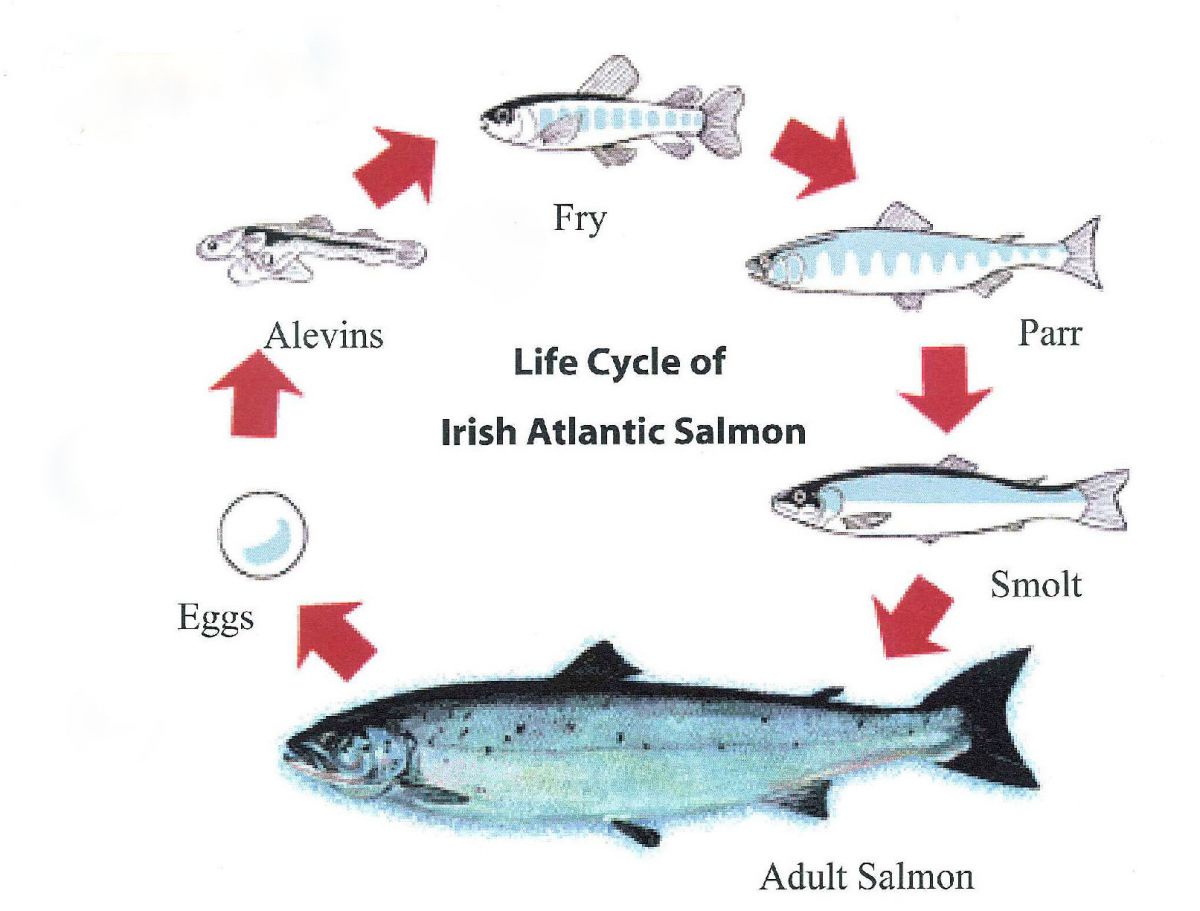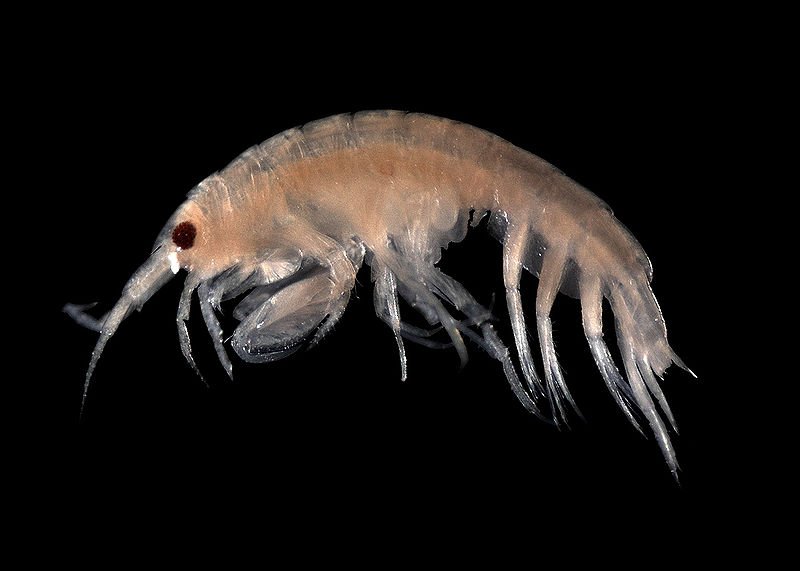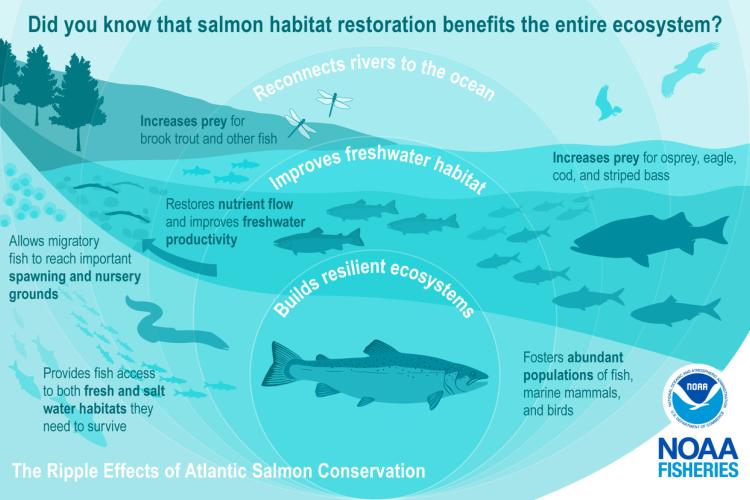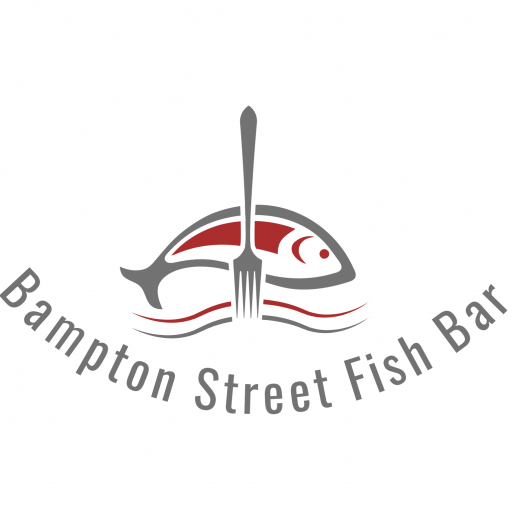Introduction

Salmon, a highly valued fish species, plays a crucial role in the ecosystem and holds economic significance worldwide. Understanding their dietary habits is essential for the management of salmon populations and the sustainability of fisheries. Their diet undergoes significant changes throughout their lifecycle, from freshwater to the ocean. This blog aims to unveil the dietary habits of salmon at different stages of their life, highlighting the importance of nutrients, prey types, and environmental factors that influence their feeding patterns. By delving into their dietary preferences and adaptations, we can gain insights into the overall health and well-being of this remarkable species.
Background On The Importance Of Understanding The Dietary Habits Of Salmon
Understanding the dietary habits of salmon is crucial for various reasons. Firstly, it helps in managing salmon populations and ensuring their sustainability, as their diet directly affects their growth, health, and reproduction. Secondly, studying their diet provides insights into the overall health of the surrounding ecosystem, as salmon are a vital part of the food chain. Additionally, knowledge of their dietary preferences and adaptations can aid in conservation efforts and the development of sustainable fishing practices. By unraveling the intricacies of what salmon eat, we can protect and preserve this valuable species for future generations.
The Role Of Diet In Salmon’s Growth, Health, And Reproduction
The diet of salmon plays a critical role in their growth, health, and reproduction. A well-balanced diet ensures that they receive essential nutrients for proper development and optimal health. Adequate food intake is crucial for salmon to reach their maximum size and weight. It also impacts their reproductive success, as proper nutrition supports the production of healthy eggs and sperm. Additionally, a nutritious diet enhances the overall fitness and survival rate of salmon, enabling them to withstand environmental challenges and successfully complete their life cycle. By understanding and managing their dietary needs, we can promote the long-term sustainability of salmon populations.
Freshwater Stage Diet

During the freshwater stage, young salmon primarily rely on a diet of small insects such as mayflies, stoneflies, caddisflies, blackflies, and riffle beetles. Occasionally, they may also consume small amphibians and fish. These food sources provide the necessary nutrients for the salmon’s growth and development in this crucial stage of their life cycle. Additionally, zooplankton, small invertebrates, and tiny fish play a significant role in their diet during this stage. These food items are abundant in freshwater environments and provide the essential nutrients needed for the salmon to thrive. [5]
Salmon’s Diet During The Freshwater Stage
During the freshwater stage, young salmon primarily rely on a diet of small insects such as mayflies, stoneflies, caddisflies, blackflies, and riffle beetles. Occasionally, they may also consume small amphibians and fish. These food sources provide the necessary nutrients for the salmon’s growth and development in this crucial stage of their life cycle. Additionally, zooplankton, small invertebrates, and tiny fish play a significant role in their diet during this stage. These food items are abundant in freshwater environments and provide the essential nutrients needed for the salmon to thrive.
The Importance Of Nutrients And Zooplankton In The Diet
Nutrients and zooplankton play a crucial role in the diet of salmon during their freshwater stage. These small organisms, such as insects and plankton, provide essential nutrients that support the growth and development of young salmon. Zooplankton, in particular, are rich in proteins, fats, and carbohydrates, which are vital for the salmon’s energy requirements. Additionally, these organisms serve as a valuable food source, supplying the necessary vitamins and minerals that contribute to the overall health and vitality of the salmon. The abundance of nutrients and zooplankton in freshwater environments ensures the successful survival and maturation of young salmon. [9]
Smolt Stage Diet

During the smolt stage, salmon’s diet undergoes a significant transition. While still consuming zooplankton, they begin to shift their focus towards small fish and invertebrates. This change in diet is essential for their development and preparation for the transition from freshwater to saltwater environments. Smolts start to prey on small fish such as herring and sand eels, as well as invertebrates like shrimp and squid. This change in diet provides the necessary nutrients and energy required for their growth and survival during the challenging migration from freshwater to the ocean.
Salmon’s Diet During The Smolt Stage
During the smolt stage, salmon’s diet undergoes a significant transition. While still consuming zooplankton, they begin to shift their focus towards small fish and invertebrates. This change in diet is essential for their development and preparation for the transition from freshwater to saltwater environments. Smolts start to prey on small fish such as herring and sand eels, as well as invertebrates like shrimp and squid. This change in diet provides the necessary nutrients and energy required for their growth and survival during the challenging migration from freshwater to the ocean. [13]
Transition From Zooplankton To Small Fish And Invertebrates
During the smolt stage, salmon undergo a significant transition in their diet, shifting from primarily consuming zooplankton to feeding on small fish and invertebrates. This change in diet is essential for their development and preparation for the transition from freshwater to saltwater environments. Smolts start to prey on small fish such as herring and sand eels, as well as invertebrates like shrimp and squid. These prey species provide the necessary nutrients and energy required for their growth and survival during the challenging migration from freshwater to the ocean. It is through this transition in diet that smolts acquire the necessary skills and resources to thrive in their new marine environment. [15]
Adult Stage Diet

During the adult stage, salmon’s diet shifts to focus on predatory behavior. They primarily feed on small fish, squid, and shrimp. These prey species provide a rich source of protein and essential nutrients for the adult salmon’s growth and reproduction. The salmon’s hunting skills and ability to capture their prey play a crucial role in their survival in the ocean environment. They are adept at targeting and pursuing their prey, making use of their agility and speed to catch their food. The adult salmon’s diet is integral to maintaining their energy levels and overall health.
Salmon’s Diet As Adults In The Ocean
Adult salmon in the ocean primarily feed on small fish, squid, and shrimp. These predatory species provide the necessary protein and essential nutrients for the salmon’s growth and reproduction. The ability to hunt and capture their prey is crucial for their survival in the ocean environment. With their agility and speed, adult salmon target and pursue their prey, maintaining their energy levels and overall health. Their diet also plays a role in their migration patterns and the timing of their spawning. The adult stage diet of salmon is integral to their success in the ocean ecosystem. [19] [20]
Predatory Behavior And Feeding On Small Fish, Squid, And Shrimp
Salmon’s predatory behavior in the ocean is focused on hunting and feeding on small fish, squid, and shrimp. These prey species provide the necessary protein and essential nutrients for the salmon’s growth and reproduction. With their agility and speed, adult salmon target and pursue their prey, ensuring their energy levels and overall health. Their diet of small fish, squid, and shrimp is integral to their success in the ocean ecosystem. It enables them to maintain their strength and stamina as they navigate the vast expanses of the ocean in search of food and ideal spawning grounds. [21] [22]
Nutritional Adaptations

Salmon have developed several nutritional adaptations to ensure they can effectively digest and obtain nutrients from their diet. One key adaptation is their ability to produce enzymes that break down proteins and fats, allowing them to efficiently extract energy from their food. Additionally, salmon have a specialized digestive system, including a short intestine and a large stomach, which enables them to process and absorb nutrients more effectively. They also have a keen ability to store and metabolize essential fatty acids, which are crucial for maintaining their overall health and immune system function. These nutritional adaptations allow salmon to thrive in their aquatic environment and sustain their energy needs. [25]
Salmon’s Physiological Adaptations For Digesting And Obtaining Nutrients From Their Diet
Salmon have developed several physiological adaptations to effectively digest and obtain nutrients from their diet. One key adaptation is their production of enzymes that break down proteins and fats, enabling them to efficiently extract energy from their food. They also have a specialized digestive system, including a short intestine and a large stomach, which helps them process and absorb nutrients more effectively. Additionally, salmon have a keen ability to store and metabolize essential fatty acids, which are crucial for their overall health and immune system function. These adaptations allow salmon to thrive in their aquatic environment and meet their energy needs. [25] [26]
The Role Of Fatty Acids And Essential Nutrients In Maintaining Salmon’s Health
Salmon relies on a balanced intake of fatty acids and essential nutrients to maintain its health. Fatty acids, such as omega-3s, play a crucial role in various physiological processes, including inflammation regulation, heart health, and brain function. These fats contribute to the overall well-being of salmon by supporting proper growth and development, enhancing immune system function, and improving reproductive success. In addition, essential nutrients like vitamins, minerals, and amino acids are necessary for optimal metabolic processes and cellular functions. A well-rounded diet rich in these nutrients ensures the overall health and vitality of salmon populations. [28]
Environmental Factors

Environmental factors play a significant role in determining the diet of salmon. Temperature, water clarity, and seasonal changes all influence the availability and abundance of food sources for salmon. For example, warmer water temperatures can affect the distribution and abundance of zooplankton and small fish, which are important food sources for salmon. Additionally, changes in water conditions can impact the feeding behavior and migration patterns of salmon, affecting their access to food. With the increasing effects of climate change, these environmental factors may become more variable and unpredictable, posing potential challenges for salmon populations’ food availability and feeding patterns.
The Impact Of Environmental Factors On Salmon’s Diet, Such As Temperature And Seasonal Changes
Environmental factors play a significant role in determining the diet of salmon. Temperature, water clarity, and seasonal changes all influence the availability and abundance of food sources for salmon. Warmer water temperatures can affect the distribution and abundance of zooplankton and small fish, which are important food sources for salmon. Additionally, changes in water conditions can impact the feeding behavior and migration patterns of salmon, affecting their access to food. With the increasing effects of climate change, these environmental factors may become more variable and unpredictable, posing potential challenges for salmon populations’ food availability and feeding patterns. [31][32]
The Potential Effects Of Climate Change On Salmon’s Food Availability And Feeding Patterns
Climate change has the potential to significantly impact the food availability and feeding patterns of salmon. As temperatures rise, it can affect the distribution and abundance of important food sources like zooplankton and small fish. Changes in ocean currents and water conditions can also disrupt the migration patterns and timing of salmon, making it harder for them to access their preferred food sources. Additionally, increased frequency and intensity of extreme weather events, such as storms and droughts, can further disrupt the availability and abundance of food for salmon. These changes pose a significant challenge for the survival and reproductive success of salmon populations.
Frequently Asked Questions: What Do Salmons Eat?
1. What is the diet of salmons?
Salmons are carnivorous fish that primarily feed on other marine organisms. Their diet consists mainly of small fish, insects, shrimp, krill, and plankton found in freshwater and saltwater environments.
2. Do salmons eat plants?
While salmons are primarily carnivorous, they do consume some plant material. This usually occurs during their early freshwater stage, where they may feed on aquatic plants, algae, and small invertebrates.
3. How do salmons find their food?
Salmons possess strong senses, including an excellent sense of smell, which helps them locate their prey. They use olfaction to detect specific chemical cues emitted by the organisms they feed on, even in extremely low concentrations.
4. What do baby salmons eat?
Baby salmons, known as fry, start by consuming their yolk sac, which provides them with essential nutrients for the first few weeks of their lives. As they grow, they transition to a diet of zooplankton and other small organisms found in their freshwater habitat.
5. What do adult salmons eat?
Once salmons have migrated to the ocean and become adults, their diet primarily consists of small fish such as herring, pilchards, and capelin. They may also ingest marine invertebrates like squid and shrimp if available.
6. Do salmons eat throughout their entire life?
A salmon’s diet changes as it progresses through different life stages. While they eat voraciously during their oceanic phase to gain energy for migration and reproduction, they generally do not eat once they return to freshwater to spawn and die.
7. Can salmons change their diet depending on availability?
Yes, salmons can adapt their feeding habits based on the availability of prey species. If their preferred prey is scarce, salmons can switch to alternative food sources to ensure their survival.
8. Why do salmons consume insects and plankton?
Insects and plankton serve as vital nutrition sources for salmons, especially during their early stages of development. These small organisms are rich in proteins, lipids, and other essential nutrients required for the growth and development of young salmons.
9. How much do salmons eat in a day?
The amount of food salmons consume varies depending on factors such as their size, energy requirements, and food availability. On average, adult salmons can eat between 2% to 4% of their body weight per day during their feeding phase in the ocean.
10. Can humans disrupt the natural diet of salmons?
Human activities, such as overfishing, habitat destruction, and pollution, can disrupt the natural diet of salmons. Overfishing reduces the availability of prey species, while habitat degradation affects the abundance and quality of their food sources, ultimately impacting the salmon population.

A small, independently run fish and chip shop using quality ingredients cooked freshly in our kitchen to ensure great tasting food. All of our drinks are in glass bottles, and all of our takeaway packaging is recyclable or compostable to help reduce our impact on the environment.